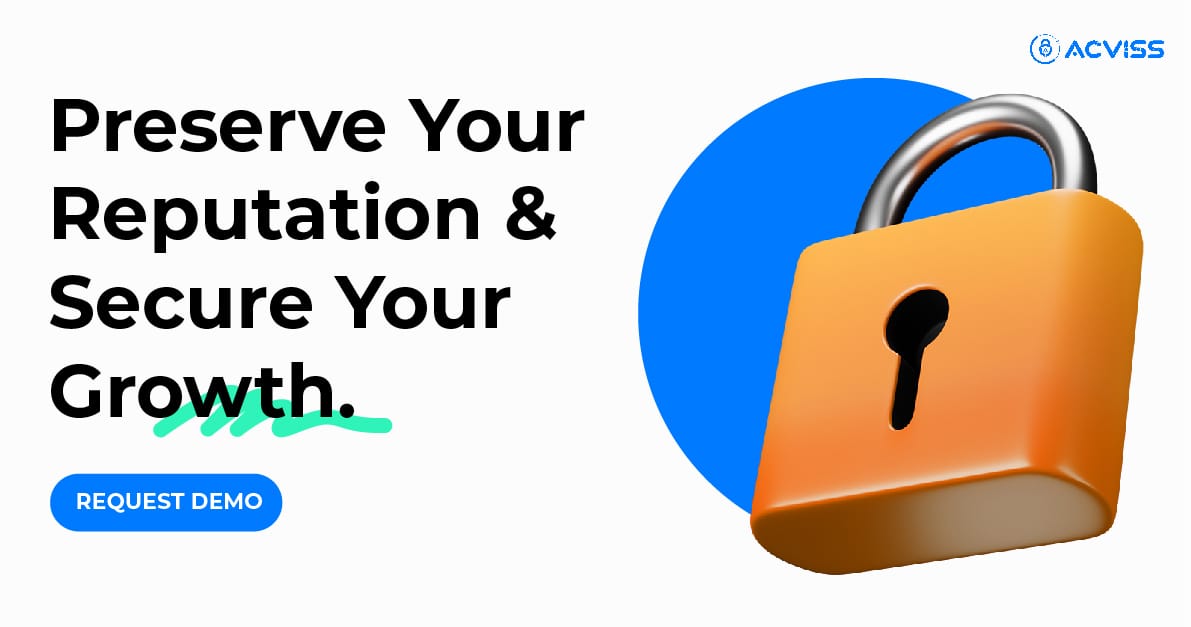How to Identify Fake Books: A Comprehensive Guide
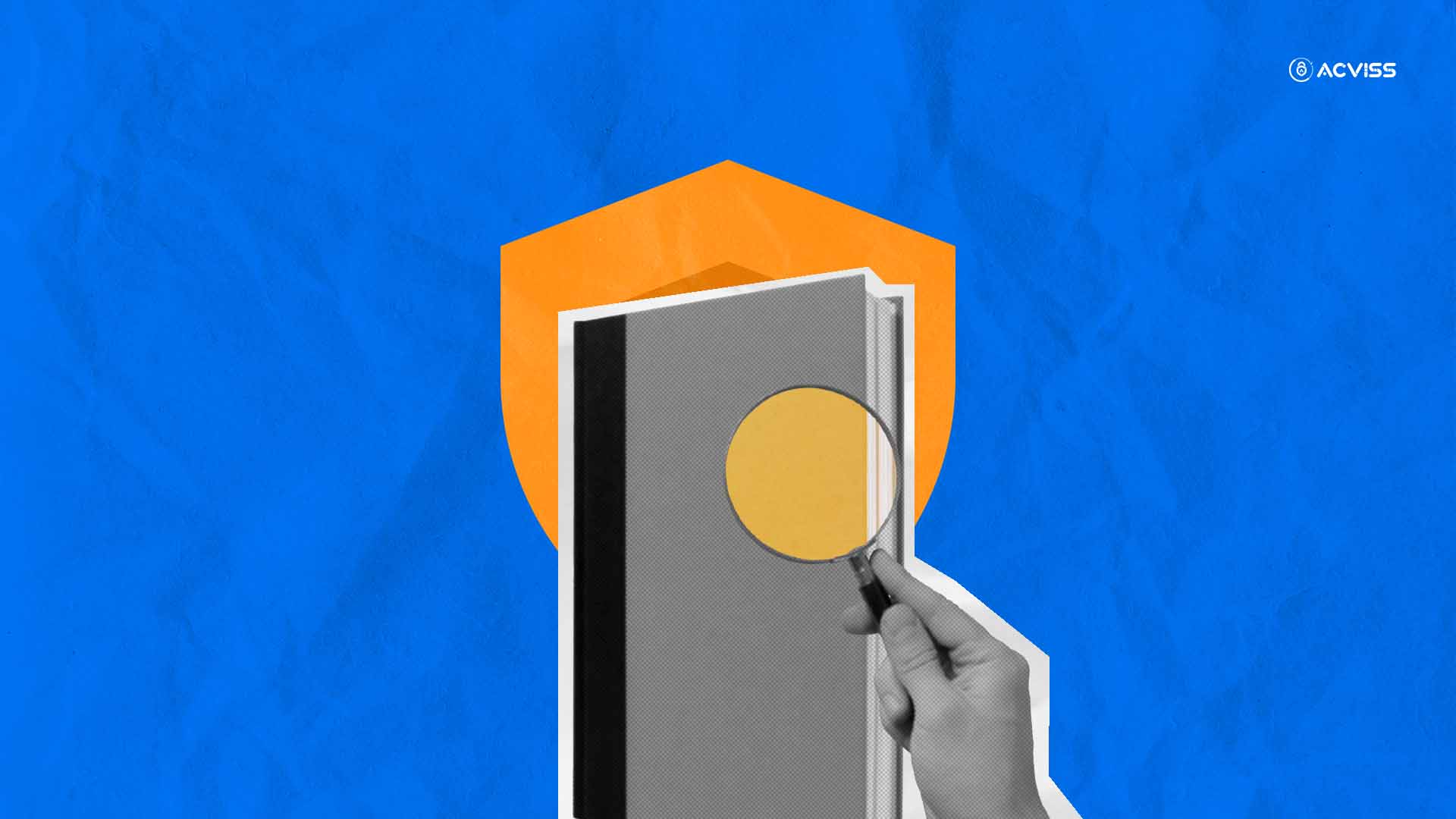
Books have long served as gateways to knowledge, imagination, and wisdom. However, the rise of counterfeit publications over the past few decades has presented a significant challenge for readers, authors, and publishers alike. Fake books compromise the quality of information, defraud consumers, and harm the creative community by diverting revenue from the original creators. Whether you are a student striving for reliable academic sources, a book collector preserving rare editions, or simply an avid reader, being able to recognise counterfeit books is essential. In this guide, we will delve deep into the nature of fake books, the nuances of their production, and the various methods you can employ to authenticate them.
Understanding Counterfeit Books
Counterfeit books are unauthorised copies of published works. These can range from poor-quality photocopies to near-perfect replicas. The most commonly faked books include academic textbooks, bestsellers, and rare first editions. The counterfeit book industry flourishes online and offline, making it essential to verify a book’s authenticity before purchasing it.
Counterfeiting affects everyone in the book industry, from authors and publishers to distributors and consumers. When a counterfeit book is sold, the original creator receives no compensation for their work. Additionally, the quality of these books is often subpar, affecting the reader's experience and sometimes containing errors that distort the original content.
Common Types of Fake Books
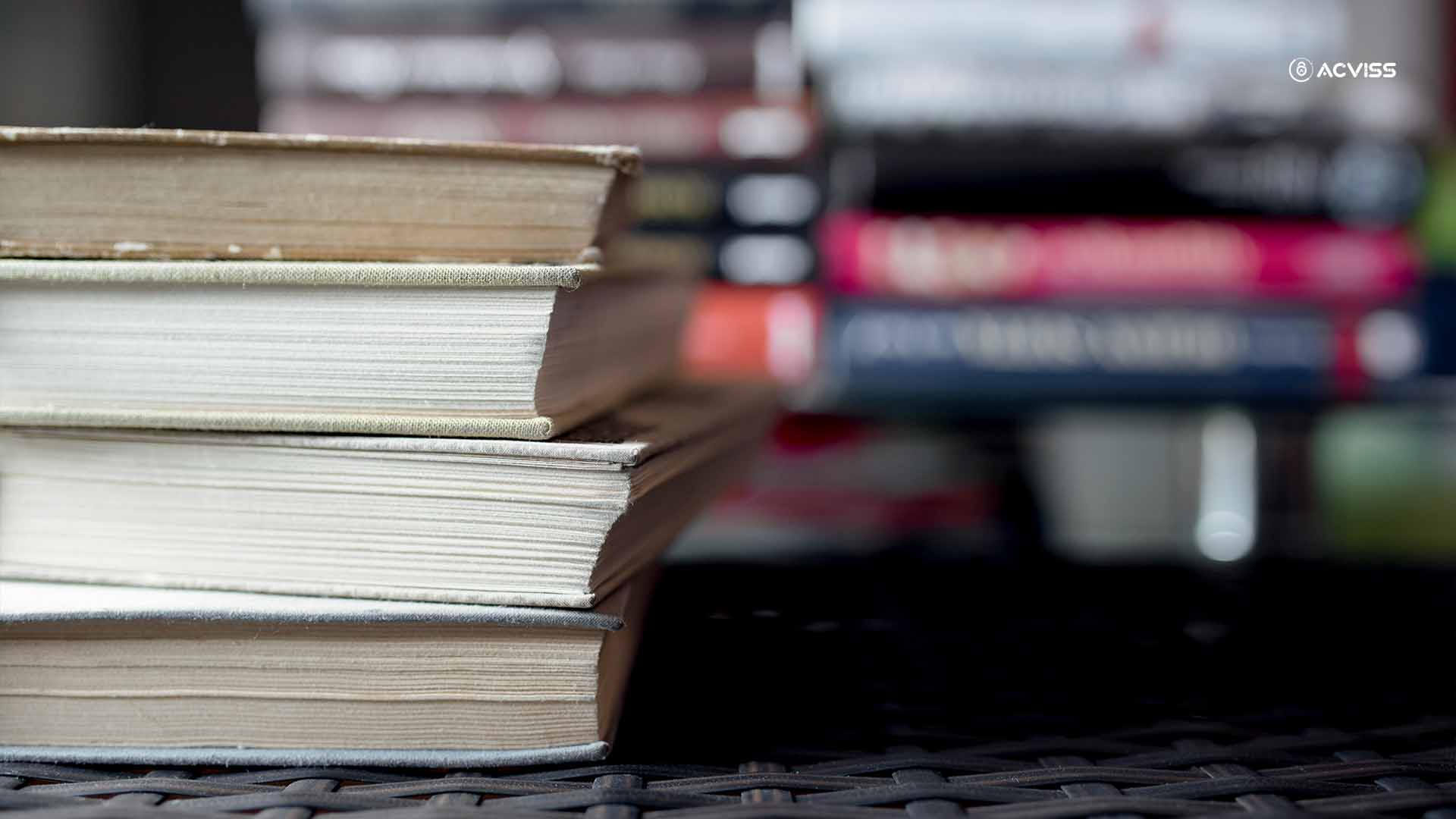
Fake books come in various forms, including:
Pirated Books: Illegal reprints that often have blurry text, missing pages, and poor binding. These are common in the academic world, where students look for cheaper alternatives to expensive textbooks.
Scanned Copies: Digital scans of books that are printed and bound, usually with faded ink and uneven margins. These copies may include visible scan marks or distortion.
Unauthorised Editions: Books published without the consent of the author or publisher, often with misleading cover art or incorrect ISBNs. These may appear under slightly different titles or author names.
Forged First Editions: Replicas of rare and valuable first-edition books sold at high prices. Forgeries of classic literature and collector's items are particularly common.
Key Signs of a Fake Book
Spotting a counterfeit book requires a keen eye. Here are some critical indicators:
a. Poor Printing Quality
Legitimate books have crisp and well-aligned printing. Counterfeit books often exhibit:
Blurry, smudged, or faded text
Uneven printing, with some letters appearing bolder or lighter than others
Poor image quality with visible pixelation
Misaligned page numbers or inconsistent fonts
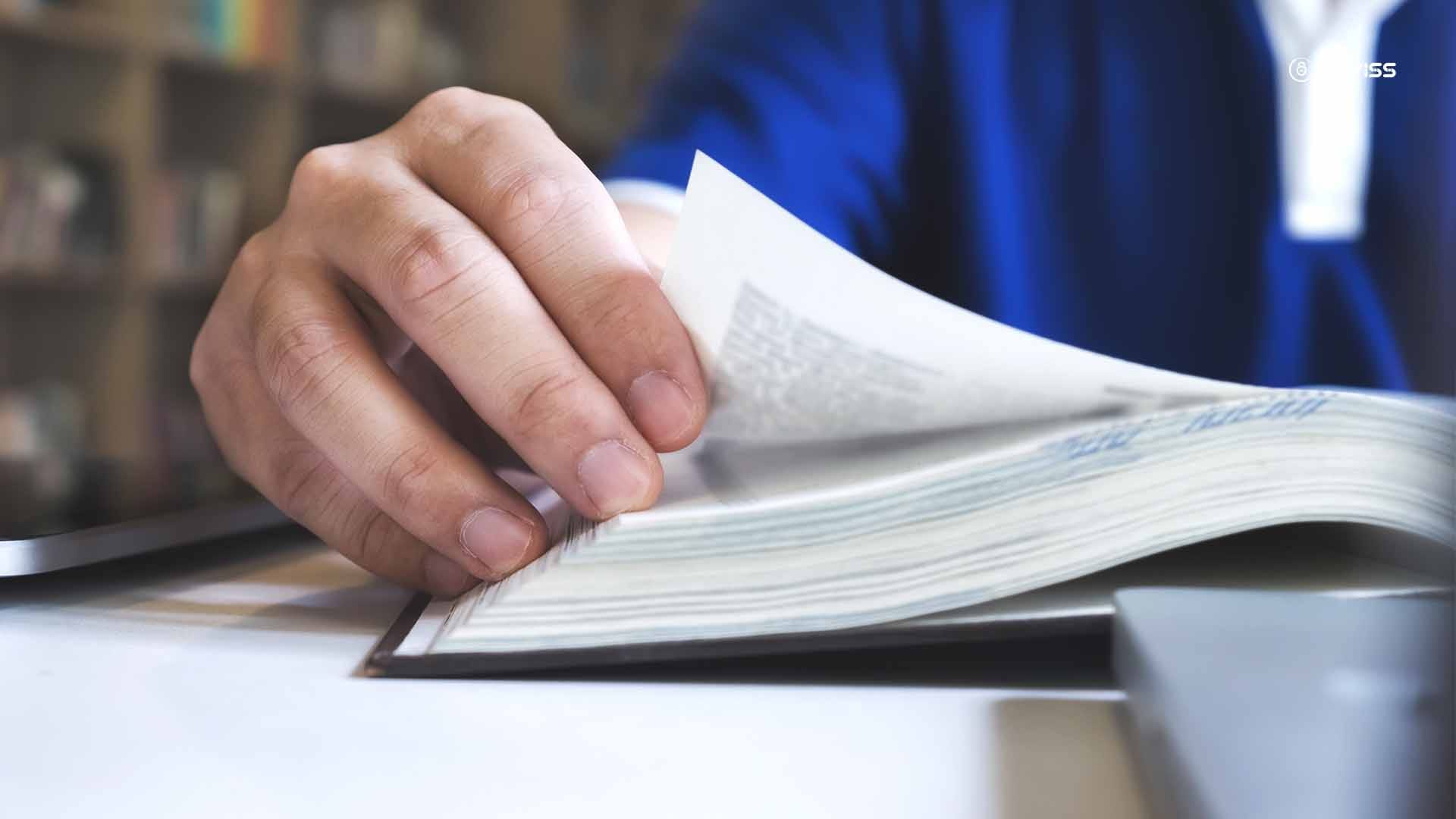
b. Inferior Paper Quality
Authentic books use high-quality paper, while fakes often have:
Thinner or excessively glossy paper
Pages that feel rough or overly smooth compared to genuine copies
Discoloration or an unusual smell due to cheap ink and paper
Pages that easily tear or yellow quickly over time
c. Inaccurate Cover Design
Examine the cover closely for:
Colour differences compared to official copies
Misspelled author names, titles, or publisher logos
Misalignment of text or distorted images
Low-resolution cover art that appears grainy
d. Binding and Spine Issues
Fake books often have weak glue bindings that fall apart easily.
Hardcovers might have a flimsy or misaligned dust jacket.
Pages might be bound unevenly, causing difficulty in flipping pages.
Check if the spine design matches the original publisher’s format.
e. Incorrect ISBN and Barcodes
Every legitimate book has a unique International Standard Book Number (ISBN). Counterfeit books may have:
Incorrect or missing ISBNs
Duplicated ISBNs that match other books
Barcodes that don’t scan correctly
QR codes that lead to irrelevant or non-existent websites
f. Unusual Page Numbers and Layouts
Look for missing pages or blank pages inserted randomly.
Page numbers might be misaligned, skipped, or printed in an unusual font.
Margins could be inconsistent compared to the original version.
Footnotes, indexes, or references may be missing or improperly formatted.
g. Odd Pricing and Seller Red Flags
If the price is significantly lower than the market rate, it’s a red flag.
Beware of third-party sellers with no reviews or multiple complaints.
Some fake books may be labelled as "International Editions" but lack authenticity.
Check whether the book is being sold in unusual bulk quantities at discounted rates.
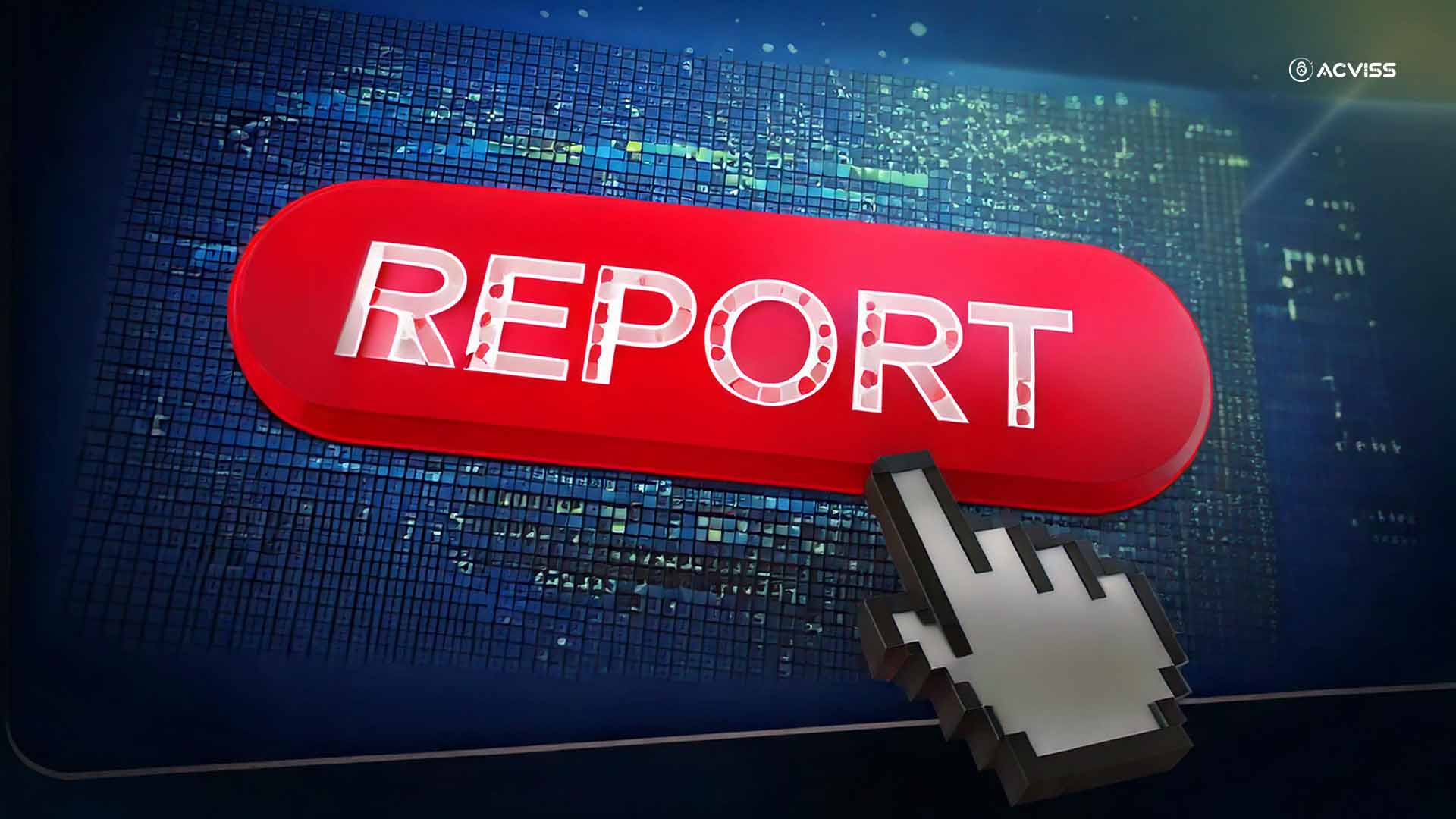
Where Are Fake Books Commonly Sold?
The modern marketplace has created numerous channels for the sale of counterfeit books. Online marketplaces like Amazon and eBay, for example, are popular venues for both legitimate and fraudulent sellers. While these platforms have measures in place to combat counterfeit goods, they remain a common source of fake books due to the vast number of third-party vendors. In addition to well-known online retailers, counterfeit books are also sold by street vendors in many urban areas, where the allure of a good deal can override caution.
Unverified local bookstores and even social media marketplaces have also become common hubs for counterfeit books. These outlets often lack the rigorous quality control and verification processes found in more established stores. Therefore, consumers are advised to purchase books directly from reputable publishers or trusted retailers and to perform due diligence by reviewing seller ratings and cross-referencing details on the publisher’s official website.
How to Avoid Buying Fake Books Online
Purchase directly from reputable publishers or well-known bookstores.
Check seller ratings and reviews before making a purchase.
Compare book details with those listed on official publisher websites.
Look for authentication labels or holograms on books that offer verification.
Steps to Authenticate a Book
1. Compare With an Original Copy
If possible, compare the suspect book with a genuine edition. Look for differences in cover design, font size, and paper quality.
2. Use Online ISBN Checkers
ISBN or International Serial Book Number is a 13 or 10-digit unique number assigned to books published globally. Websites like ISBNdb.com and the publisher’s official site can help verify a book’s ISBN.
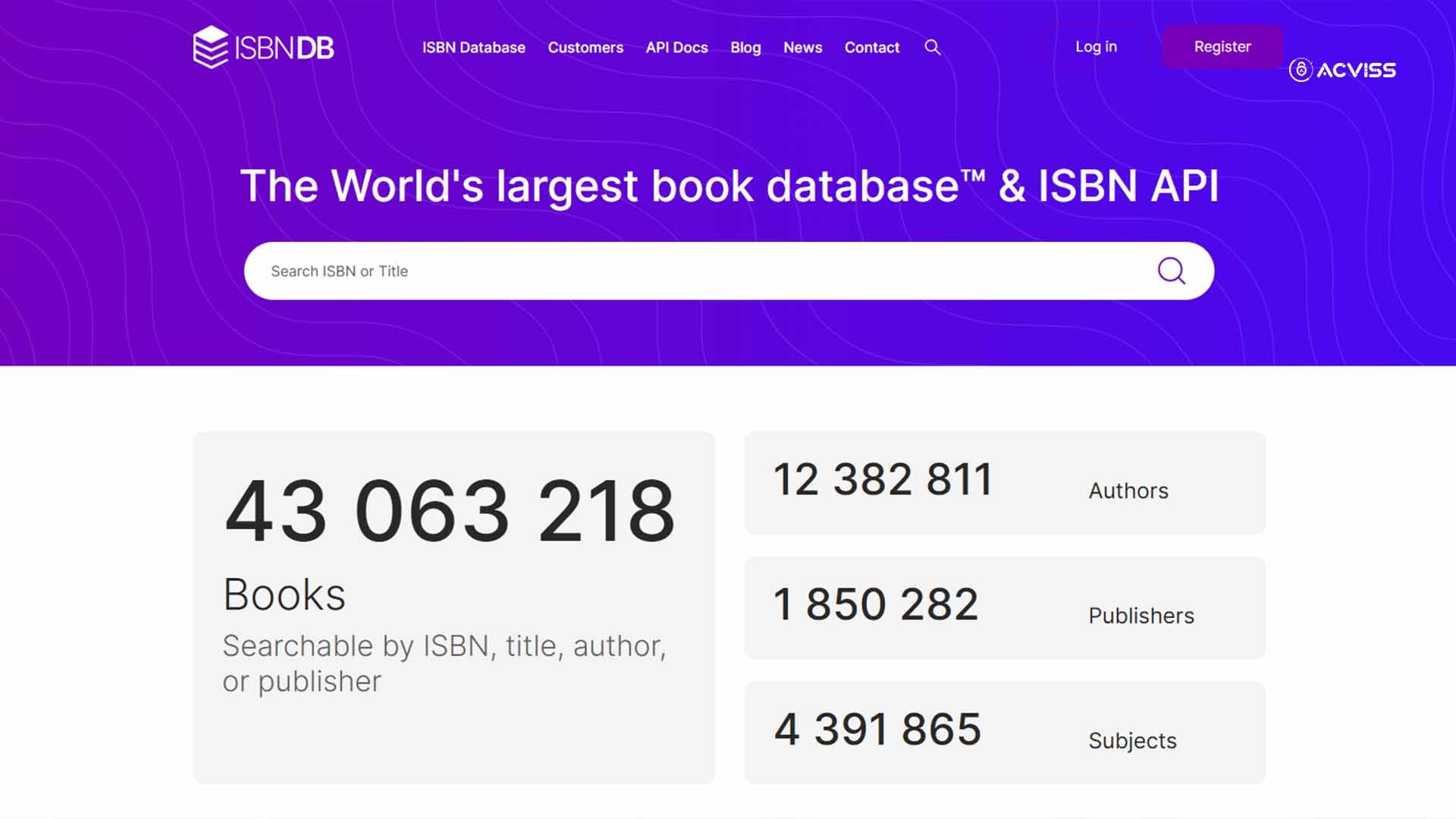
3. Contact the Publisher
Whether in doubt, get in touch with the original publisher before you make a purchase. Collectors edition or limited editions are expensive and high in demand making it a great playground for counterfeiters. Ensure the authenticity of the book by contacting the publishers and getting their services to check if a book is authentic.
4. Examine Security Features
Most major publishers will have a unique identifier implemented on the books that will help customers to authenticate it. This will include security holograms, watermarks, or QR codes that can be scanned to confirm authenticity.
The Consequences of Buying Counterfeit Books
Purchasing fake books has several negative impacts:
Legal Issues: Buying or distributing counterfeit books is illegal in many countries.
Poor Reading Experience: Low-quality printing and missing pages affect readability.
Financial Loss: Fake books deteriorate quickly, forcing buyers to replace them sooner.
Harm to Authors and Publishers: Counterfeit sales take revenue away from legitimate authors, affecting future book production.
Loss of Valuable Content: In some cases, fake books might exclude important sections, footnotes, or references found in the original.
What to Do If You Find a Fake Book
1. Report the Seller
Most online marketplaces allow you to report counterfeit goods. Alert the platform about the fake seller.
2. Inform the Publisher
Publishers can take legal action against counterfeiters if they receive reports from consumers.
3. Return the Book (If Possible)
Request a refund if you unknowingly purchased a counterfeit book.
4. Raise Awareness
Share your experience on social media or review platforms to warn other buyers.
Read Safely and Ethically
With the rise of counterfeit books, readers must stay vigilant. By checking printing quality, verifying ISBNs, and purchasing from trusted sources, you can avoid falling victim to fake books. Supporting genuine authors and publishers ensures the continued creation of high-quality content for readers worldwide.
Always be aware, trust reputable sources, and help protect the integrity of the publishing industry!
